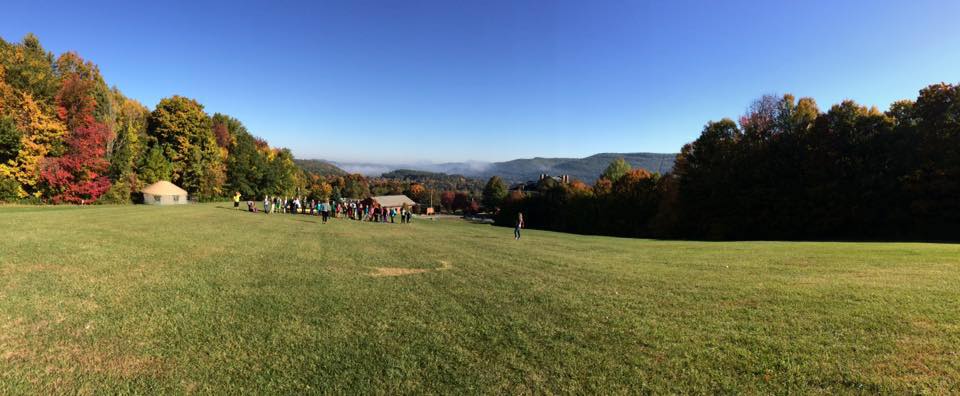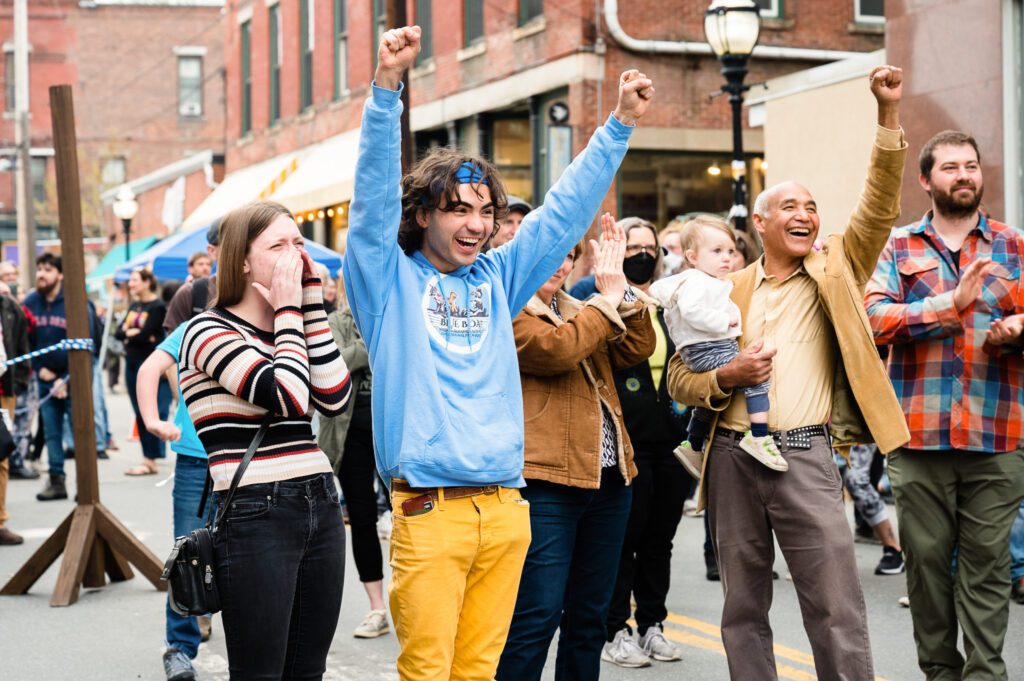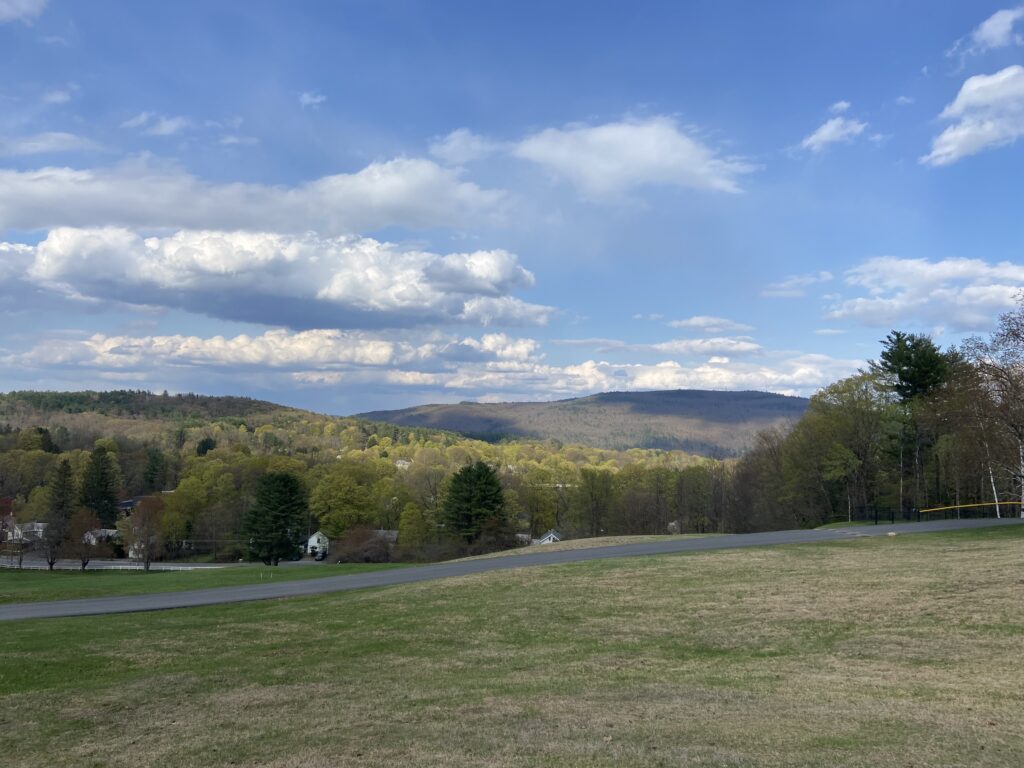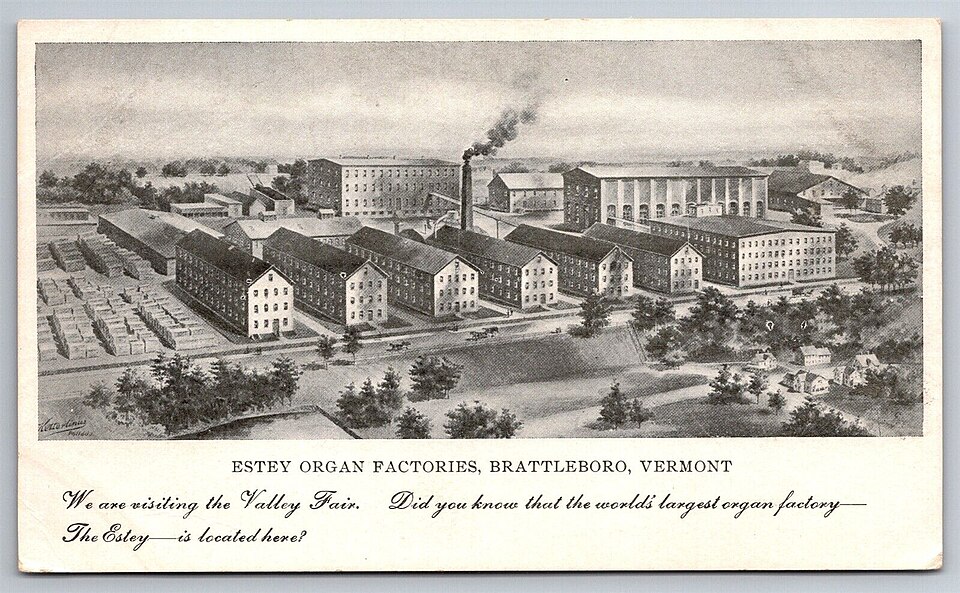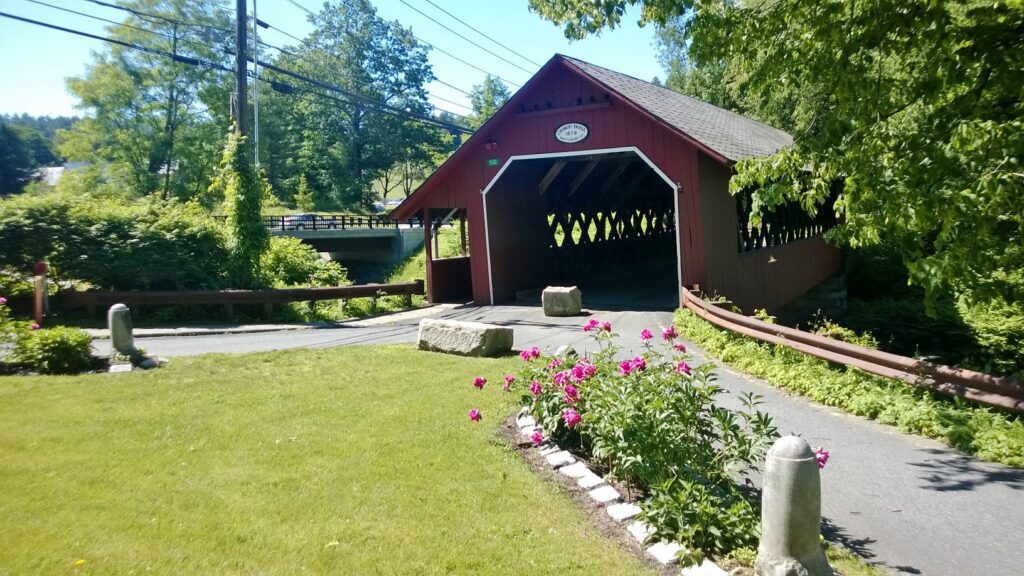Summer Camps for Kids Near Brattleboro
Summer Camps Near Brattleboro, Vermont: A Parent’s Guide to Summer Fun and Adventure Brattleboro and its surrounding areas offer an […]
Learn MoreAnnual Events In The Brattleboro Area
Throughout the year, towns across Windham County come alive with celebrations that showcase everything from our agricultural roots to our […]
Learn MoreIndoor Activities for a Rainy or Snowy Day
Indoor Activities for a Rainy or Snowy Day When Vermont’s weather turns stormy, families in Windham County don’t have to […]
Learn MoreOur Guide to Parking in Downtown Brattleboro
Our Guide to Parking in Downtown Brattleboro Updated April 3, 2025 Whether on street, in one of the outdoor lots […]
Learn MoreLiving Memorial Park
Tucked into a picturesque hillside just minutes from downtown Brattleboro lies a local treasure that has served the community since […]
Learn MoreA Short History Of Brattleboro, Vermont
A Storied History of Culture, Innovation, and Resilience Brattleboro, Vermont, nestled along the Connecticut River, boasts a rich and vibrant […]
Learn MoreGetting Here Is Easy!
Driving to Brattleboro Brattleboro is located in the southeastern most corner of Vermont on the Connecticut River. (New Hampshire to […]
Learn MoreBrattleboro VT Hiking
Vermont is nicknamed the Green Mountain State, and with good reason: the lush greenness of nature is never far from […]
Learn MoreCovered Bridges in Windham County
Covered Bridges in Vermont Visiting Vermont’s covered bridges is sure to take you off the well-traveled highways and into the […]
Learn More